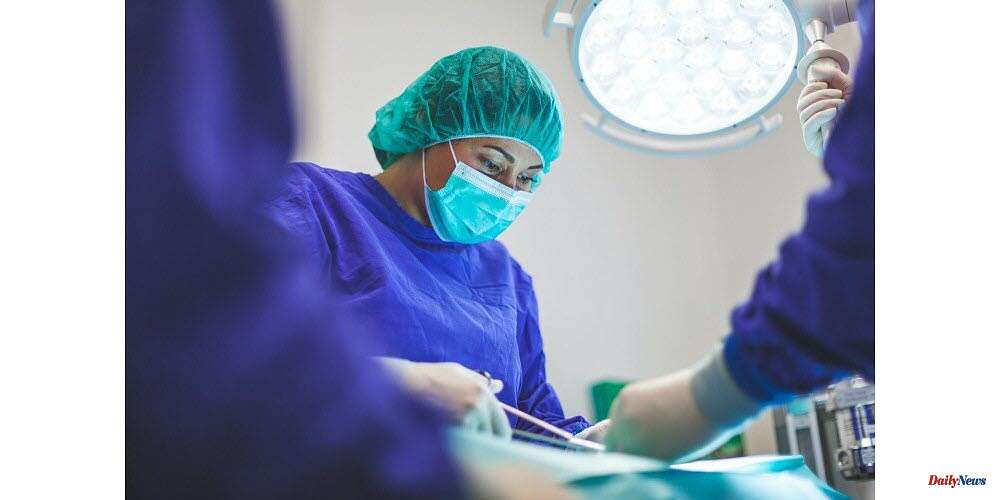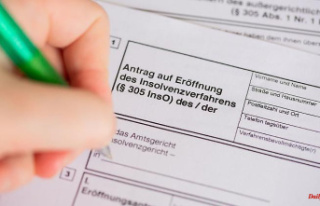A medical team from America announced Thursday that it had successfully grafted an ear-shaped implant from human cells using a 3D printer. This procedure should help patients with rare birth defects.
This was part of a clinical study to evaluate the safety and effectiveness for microtia patients whose outer ears have not fully developed.
AuriNovo is the name of the implant. It was created by 3DBio Therapeutics and operated by Arturo Bonilla who founded an institute that specializes in this type of treatment in San Antonio, Texas.
The surgeon stated that he was excited about the technology because he has seen thousands of microtia patients in the United States and all over the globe. In a company statement.
This involves creating a 3D image of the patient's other ear, then removing cartilage cells from their ears. The cells are then grown in sufficient quantities and then mixed with a collagen gel. This mixture is what is used to print an implant.
To support the implant, a printed, biodegradable outer shell is placed around it. This shell is then absorbed by the body over time. Over time, the transplanted ear will develop the appearance and feel of a natural one, including its elasticity.
The trial will include eleven patients in Texas and California.
Dr. Bonilla stated that he hopes the implant will one day replace the existing treatments. These include creating a prosthesis by removing cartilage from a bone or porous polyethylene. He explained that the first procedure is cumbersome and that the implant made from porous polyethylene is more flexible than the one currently being tested.
According to the company, Microtia affects approximately 1,500 babies each year in the United States.
These children can live normal lives if they don't have any other health issues. Some may not be able to see the malformations of others.
Maternal diabetes and low levels of folic acid and carbohydrates in the mother's diet may increase the risk for microtia.
3DBio hopes to develop implants that can treat more severe forms microtia. 3D-printed implants can also be used to treat other conditions, such as injuries or defects in the nose, breast reconstructions or damaged meniscus in your knee.












